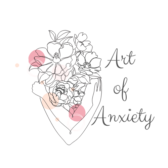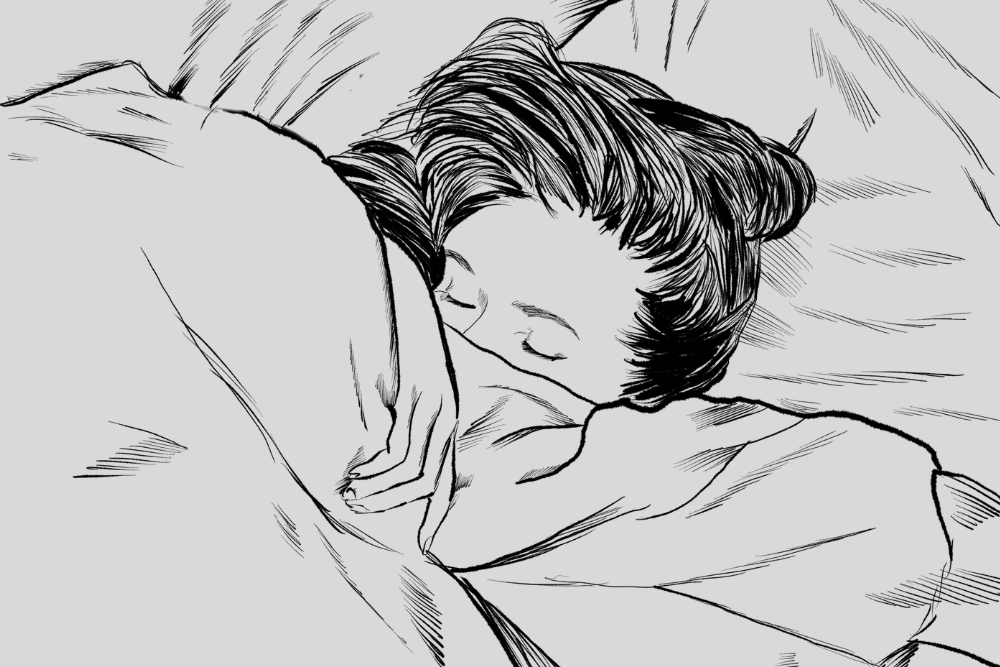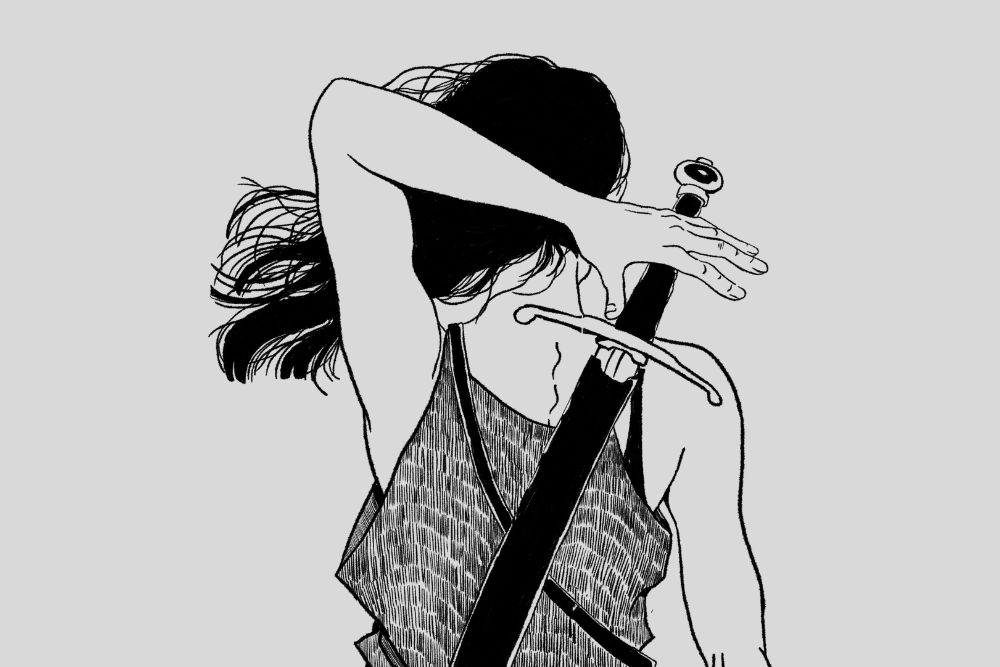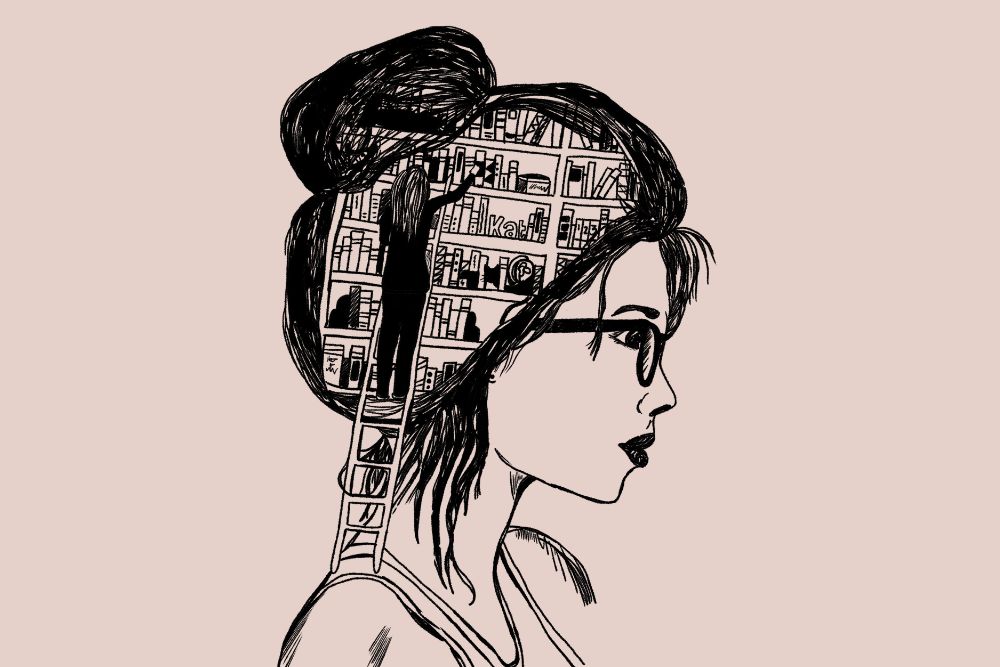Rest is one of the most underrated things in our busy, complicated world. But it’s a little-known fact that there are 7 types of rest. The simple act of resting can increase productivity, lower your stress levels and make you feel a whole lot better.
Anxious people struggle to rest. It’s hard to make time out to just be when you’ve got a mind that’s constantly worrying. There’s also that guilt that comes with taking time out for rest. That anxious need to be the best, not let anyone down and stay busy is a surefire way to end up burnt out and exhausted.
I’ve been there so many times. Over time, I’ve become better at identifying pre-burnout signs. For example, when I wake up from 7 hours of sleep and I’m still exhausted or I can’t get myself to a yoga class, the alarm bells start ringing.
I originally reshared a post about the 7 types of rest on LinkedIn, but this is a topic that needs to be shared far and wide. And I felt it was necessary to look at it through the lens of anxiety as well.
Rest vs. Sleep
Rest is often seen to be synonymous with sleep, but there is more than one type of rest. Sometimes sleep isn’t enough. You need rest in other areas too. Rest is defined as “to cease work or movement in order to relax, sleep, or recover strength”. In music, rest is an interval of silence for a duration of time. And that silence is what we need to make time for.
I also want to clear up that resting is stopping so that you can restore. But rest doesn’t have to be doing nothing.
Anxiety makes the mere thought of stopping seem terrifying. We’re often running around trying to make sure we’re never alone with our thoughts. Keeping busy is useful for anxiety. But if we don’t let our parasympathetic nervous system take the wheel every now and then, it’s a recipe for burnout and breakdowns.
Types of Rest
There’s nothing worse than waking up after 7+ hours of sleep still feeling exhausted. Sometimes you’re the kind of tired that sleep can’t fix. And that’s okay. It just means you need to make space for rest in other areas of your life.
When it comes to burnout, it often occurs when you’re exhausted in more than one of the areas mentioned below.
According to Dr. Saundra Dalton-Smith, there are seven different types of rest: Physical, mental, social, spiritual, sensory, emotional, and creative rest.
Physical Rest
This is the one type of rest that we know how to do. It’s tangible, so we find it easier to understand than the non-tangible. When we’re physically tired, our body lets us know. It gets sore, we feel sluggish, and daytime naps become more tempting.
Physical rest gets depleted by a lack of good sleep and overexertion or overtraining.
You need to get two types of physical rest, passive and active.
Passive rest
Passive rest doesn’t require much energy. It’s sleep. In order to get passive rest, you need to:
- Sleep for 7+ hours per night (and create a sleep schedule)
- Take power naps (as needed)
Active rest
Active rest requires taking care of your physical body through activities that are restoring. By doing one or two of the things mentioned below, you’ll be able to fill up your energy tank.
To get active rest, you need to:
- Trigger your happiness chemicals
- Stretching and Mindful Movement (yoga, pilates, or a stretch class at your local gym)
- Get a Massage to release tension
- Meditation
- Try Yoga Nidra or Nada
- Switch to ergonomic office furniture
- Eat nourishing food
- Try different types of self care

Mental Rest
Mental rest deficit can be caused by an overactive mind. So it makes sense that people with anxiety need a lot of mental rest. Our minds are constantly buzzing with thoughts while our bodies find ways to protect ourselves against any potential danger that might pop up. If you’re an overthinker, mental rest is something you need to prioritize.
It’s necessary for us to stop thinking and give our minds a break.
- Write down a to-do list
- Create reference checklists (packing, grocery lists)
- Keep a calendar where you write down everything important
- Create a shutdown ritual to separate your work life and home life
- Take a break from problem-solving
- Meditate
- Any kind of non-thinking activity eg. Baking, Painting, Gardening and single tasks

Social Rest
Another place where our energy can get sapped is in the social space. We often ignore the importance of social rest. If you come home from the office and want nothing more than to be left alone, you’re probably in need of social rest.
Evaluate your relationships and where you spend your social energy. When understanding how you recharge your social batteries, it can be useful to determine whether you’re an introvert, extrovert, or ambivert.
Find some social rest by doing the following:
- Spend more time with people who give you energy
- Spend less time with people who steal your energy
- Solitude – Block time out to be alone
- Hugs
- Intimacy
- Activism
- Spend time in locations that don’t drain your energy, e.g., go to someone’s house rather than a busy restaurant
- Listen to music in the office to drown out loud employees
- Set social boundaries at work (e.g., I’m only able to answer questions between 3 and 5).
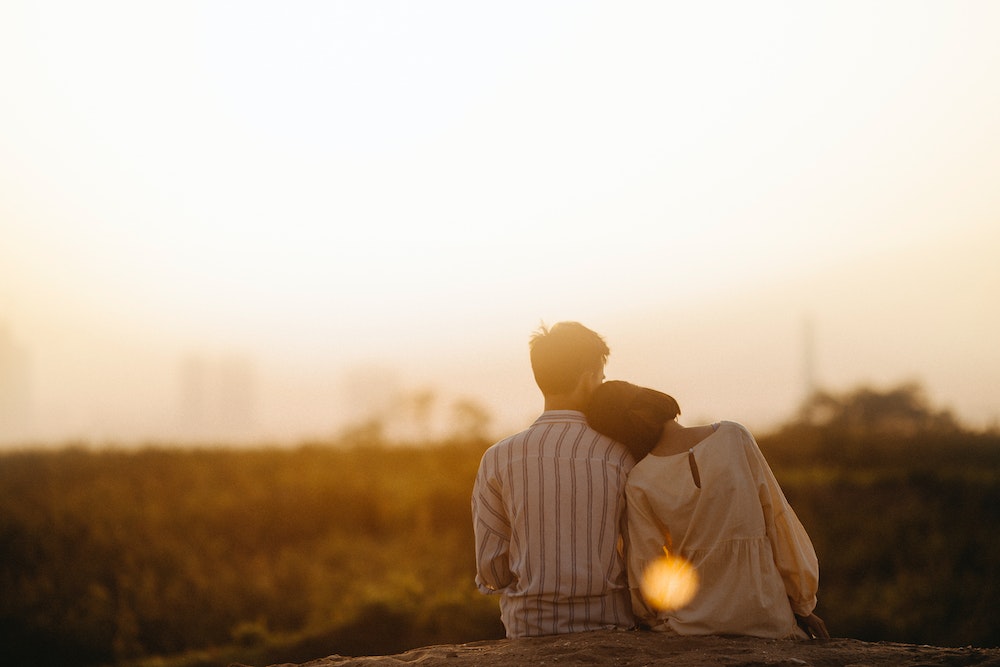
Spiritual Rest
Spirituality is about being a part of something bigger than yourself. It doesn’t have to be religious in nature. It can be linked to whatever you believe in, like your morals and values.
Things you can do in order to fill your spiritual cup and connect with yourself are:
- Volunteer
- Work a job that feels purpose-driven
- Spend time on your passions
- Meditate
- Do yoga
- Make time for your beliefs
- Participate in faith-based activities (if this is something you believe in)
- Do things that reflect your morals and values
- Spend time in nature
- Prayer
- Energy healing
- Full moon rituals

Sensory Rest
We’re bombarded with things that stimulate our senses all day, every day. From busy cities with loud traffic to consistent notifications on our phones, we hardly ever get a break. If you live in a busy household or work in a busy environment, sensory rest is something you should prioritize.
For people who are more sensitive or experience sensory overload, the impact of intense sensory environments shouldn’t be discounted.
Simple ways to engage in sensory rest are:
- Turn off notifications (sounds and visual alerts)
- Take time off social media
- Limit screen time
- Limit video meetings
- Sit in stillness and silence
- Create a pleasing sensory environment (e.g., create an ambiance with soothing music, candles, incense, and soft pillows)
- Try restorative yoga
- Silent walks
- Soothing scents
- Loose clothing
- Cosy socks
- Deep pleasure

Emotional Rest
Emotions are a large part of human existence. They have a large impact on our lives. The power of emotions shouldn’t be underestimated.
And emotions are also contagious. If someone is in a negative mood, you’ll often find you start feeling negative as well. This is especially true with anxiety. If someone is anxious, the rest of the people around them usually start to feel the same way. The same is true for calm.
Emotional exhaustion usually occurs when you can’t be authentic. You’ll often find yourself emotionally drained if you feel like you have to pretend in order to please others rather than just being yourself.
Find emotions rest through the following:
- Be vulnerable
- Be around people with who you can express your true self with
- Try speaking to a therapist
- Make time for honesty both with others and yourself
- Set boundaries
- Crying
- Journalling
- Sharing rather than suppressing
- Healthy emotional expression

Creative Rest
Creativity is the place where our soul goes to sing. It’s where we can be and appreciate. It’s a space where you can be grateful. It can be exhausting to constantly be creative.
Make time to appreciate beauty in any form, whether natural or manmade. Gratitude for what is around you has proven benefits – physically, mentally, spiritually, and emotionally.
Engage in creative rest through:
Natural Beauty
- Take a walk outside
- Watch sunrise or sunset
- Lie down and listen to the sounds of nature around you
Man Made Beauty
- Visit a museum or art festival
- Go to the theatre
- Visit a market
- Listen to music, read inspiring books, watch artful movies or series
- Drawing
- Painting
- Cake decorating
- Reading fantasy novels
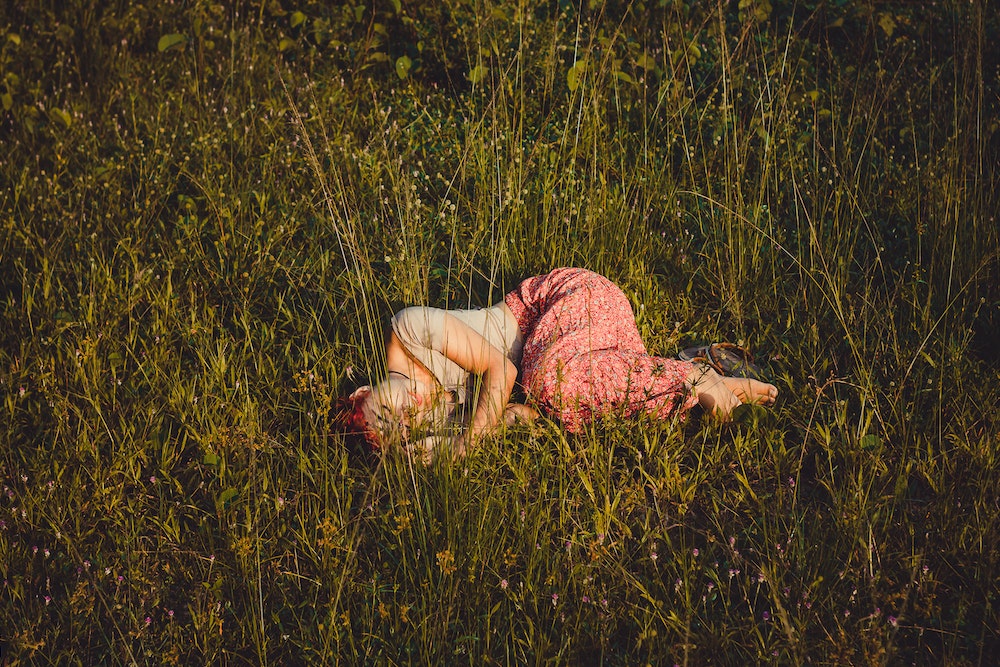
Curating Rest
Making time for rest is hard, especially when you don’t understand what type of rest you need or you struggle to permit yourself to take time out.
Rest is necessary, and without it, you’ll likely end up burnt out. The best way to tackle rest is to start with your two biggest deficits and then move on to other areas.
The more you familiarise yourself with the different types of rest, the better you’ll get at understanding the type of rest you need when you feel tired.

Kathryn is the creator of Art of Anxiety. She was diagnosed with GAD and MDD at 16 and has been working every day to master the art of anxiety ever since. Her favorite things to do are aerial yoga and hanging out with her cats while reading a good book.
